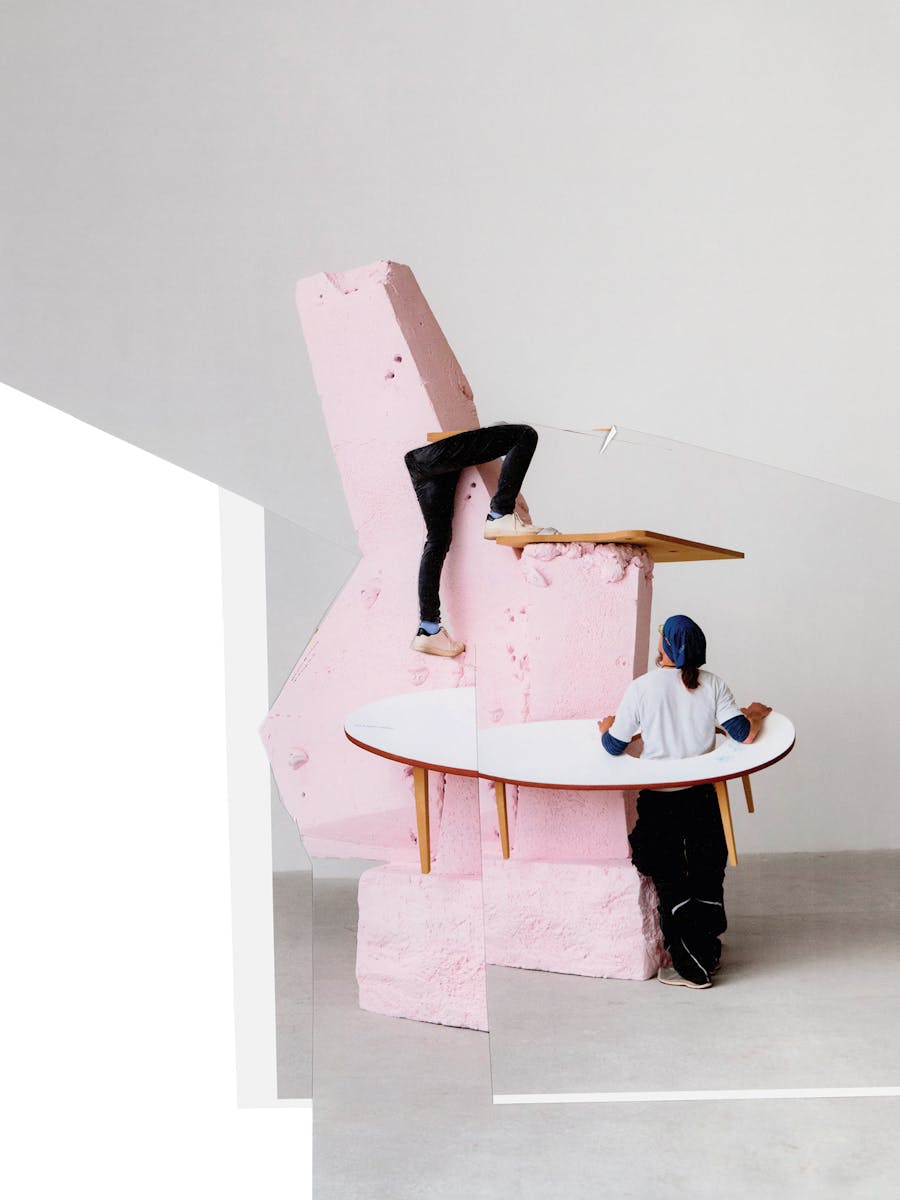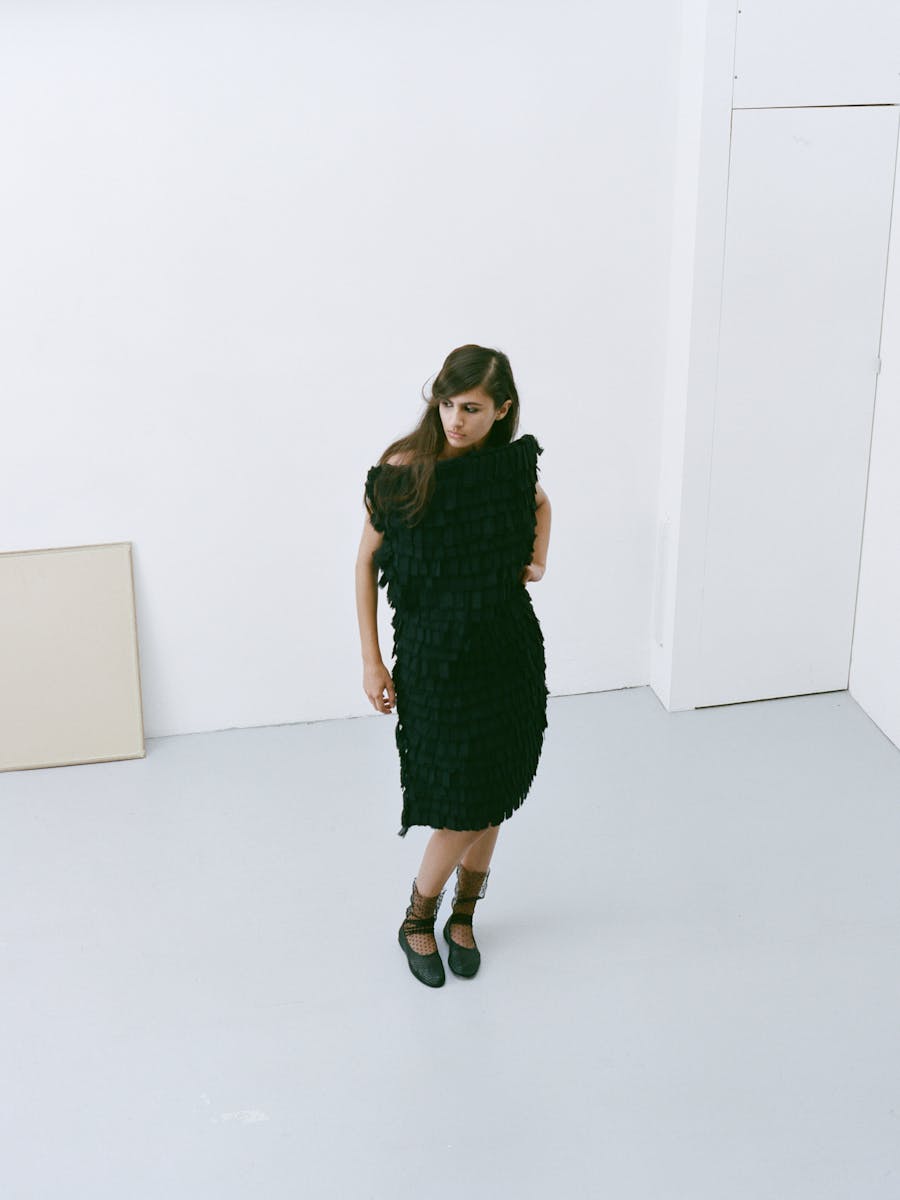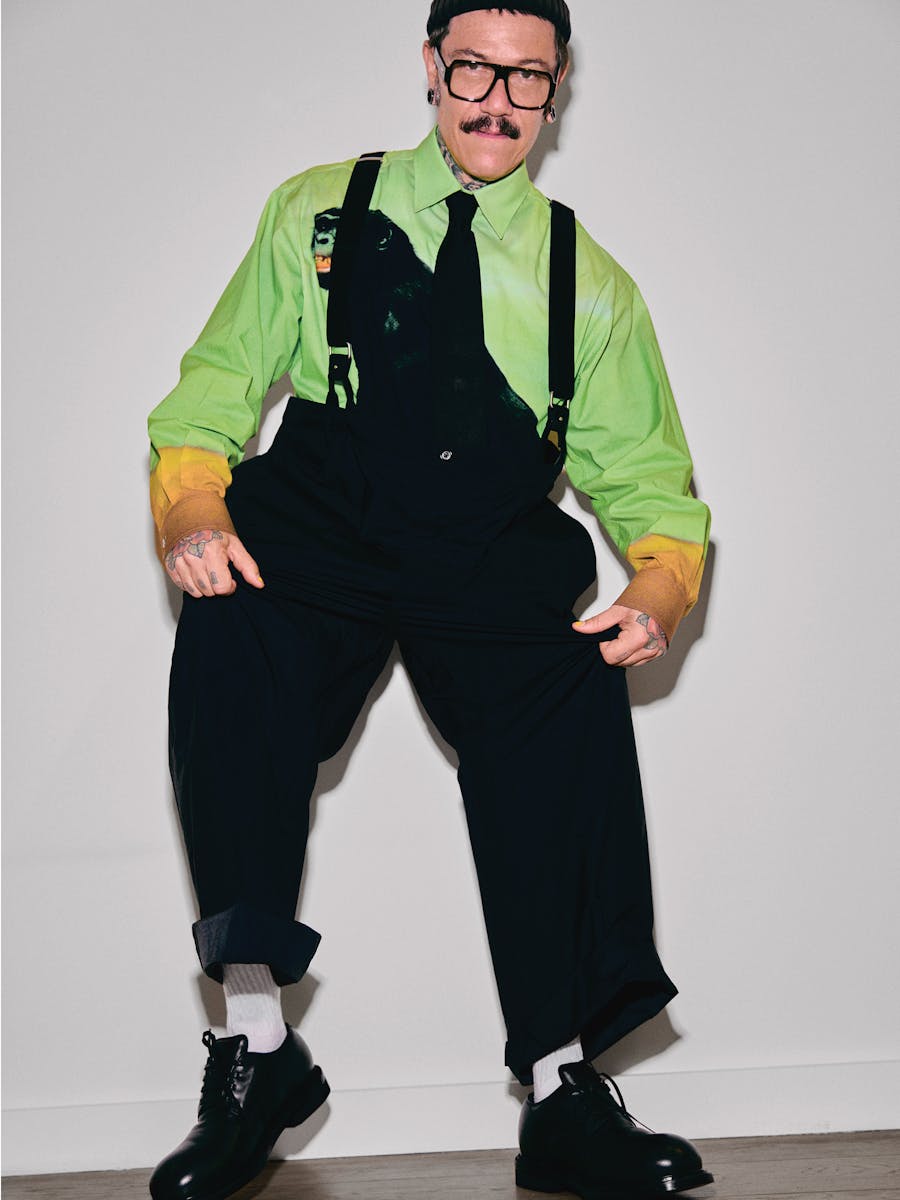From The Craft Issue
From feminine archetypes to the passage of time, Danish-born stylist and author Alexandra Carl explores the emotional imprint and cultural memory woven into every garment.
Through collaborations with artists such as Viviane Sassen, Juergen Teller, and Erwin Wurm — as well as the publication of her book Collecting Fashion: Nostalgia, Passion, Obsession (Rizzoli) — the stylist now based in London has established herself as a distinct and influential voice in contemporary fashion.
Did you always feel a sense of vocation when it came to fashion and styling?
ALEXANDRA CARL I think there’s this natural attraction in me to storytelling through clothes — building, expressing, and defining a character, or maybe emphasizing it, through style. I studied film, media, and then feminist theory. Looking at a lot of films through the lens of female representation and transformation has probably really shaped my vision today.
What defines your creative signature, that thread running through your work?
A. C. I naturally have this attraction to something quite boyish, but also eccentric. There’s always the idea of the woman and the feminine, but it’s counterbalanced with the masculine. It’s a bit eclectic, playful. I like the sort of synergies of the normal being twisted in a way that feels unfamiliar. I like beauty, but I also think it’s more interesting to create images that make people react. Either they like it or they don’t. Something that stays with you.
As a stylist, what’s your first impulse when entering a new visual universe?
A. C. Most of the time, I think my process starts from the story of a character, because that really informs the clothes. “Are you wearing oversized trousers or fitted ones? A tank top or a shirt?” There are so many nuances that are informed through that character. Even when you work with someone like Erwin Wurm or Viviane Sassen, even if it’s sculptural, there’s still very much the presence of something human.
What does the word ‘craft’ evoke for you?
A. C. Craft is more about the approach you take to your collection than about aesthetics. I feel like people who approach a collection through technique, through studying a garment — that’s craftsmanship. These days, many designers start from a more visual place, focused on appearance and surface. Craft ties in with something that’s about the human touch, something that’s passed through someone’s hands. That’s why we’re so drawn to it. Because through that, there is a real emotional connection to something, or to someone you may not even know.
Your book Collecting Fashion showcases major archival collections from key figures in the fashion world. What first sparked the idea for this project?
A. C. I suppose it was when I first met Adrian Appiolaza, who’s now at Moschino. He had his own private fashion archive, and at that time, it wasn’t really something the public had access to. Vintage was still seen as something kind of smelly and old. Adrian’s story just really fascinated me. I couldn’t understand how someone would take out a bank loan to buy a piece from Comme des Garçons and then wait two years for it. So, the book was about this idea of dreams and fantasy.
From Azzedine Alaïa’s collection to Michèle Lamy’s archive of Comme des Garçons, which story from your book left the strongest impression on you?
A. C. Sometimes, what leaves the biggest impression isn’t necessarily the person with the most amazing wardrobe, or the oldest one. It’s more about their relationship to a particular piece. When I met Sarah Andelman, she said, “Oh yeah, I don’t have that much…” Then, during the shoot, she just kept pulling things out — from Marc Jacobs’ early collections to the most incredible pieces. It was hilarious.
Fashion seems increasingly obsessed with its own past. How do you feel about this wave of nostalgia and archival influence?
A. C. There’s a bit of an oversaturation of celebrities wearing archive looks, trying to mimic a nostalgic moment. I think it’s important to move forward. But that’s hard to do — even for a brand — if you don’t know where you come from. I think we define ourselves through that. You don’t have to be nostalgic, but you need to know your roots and understand your own approach. Then, you can play with it.
What advice would you give to a young creative today?
A. C. “Don’t be shy, and don’t hold yourself back. But also understand that meaningful things take time to build.”










